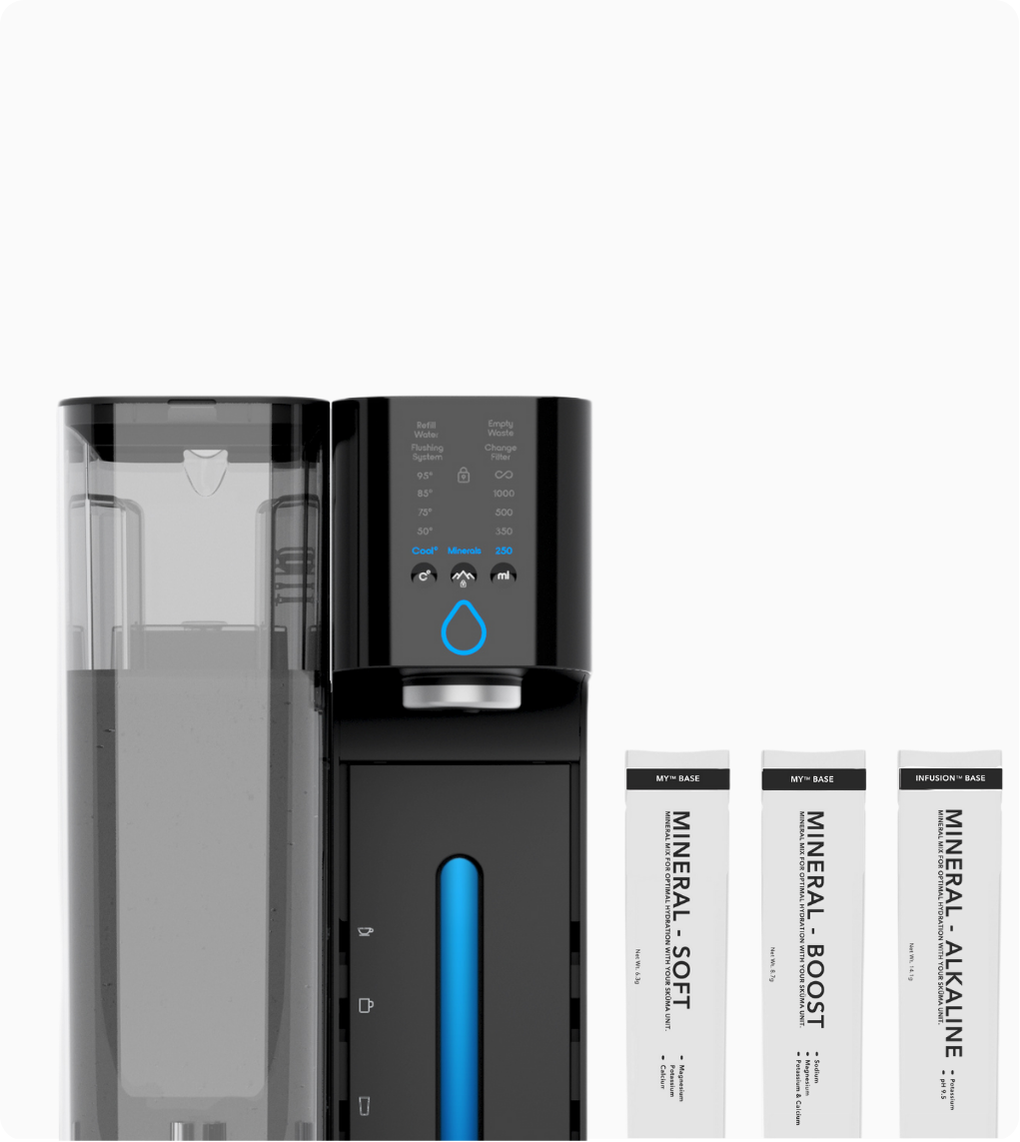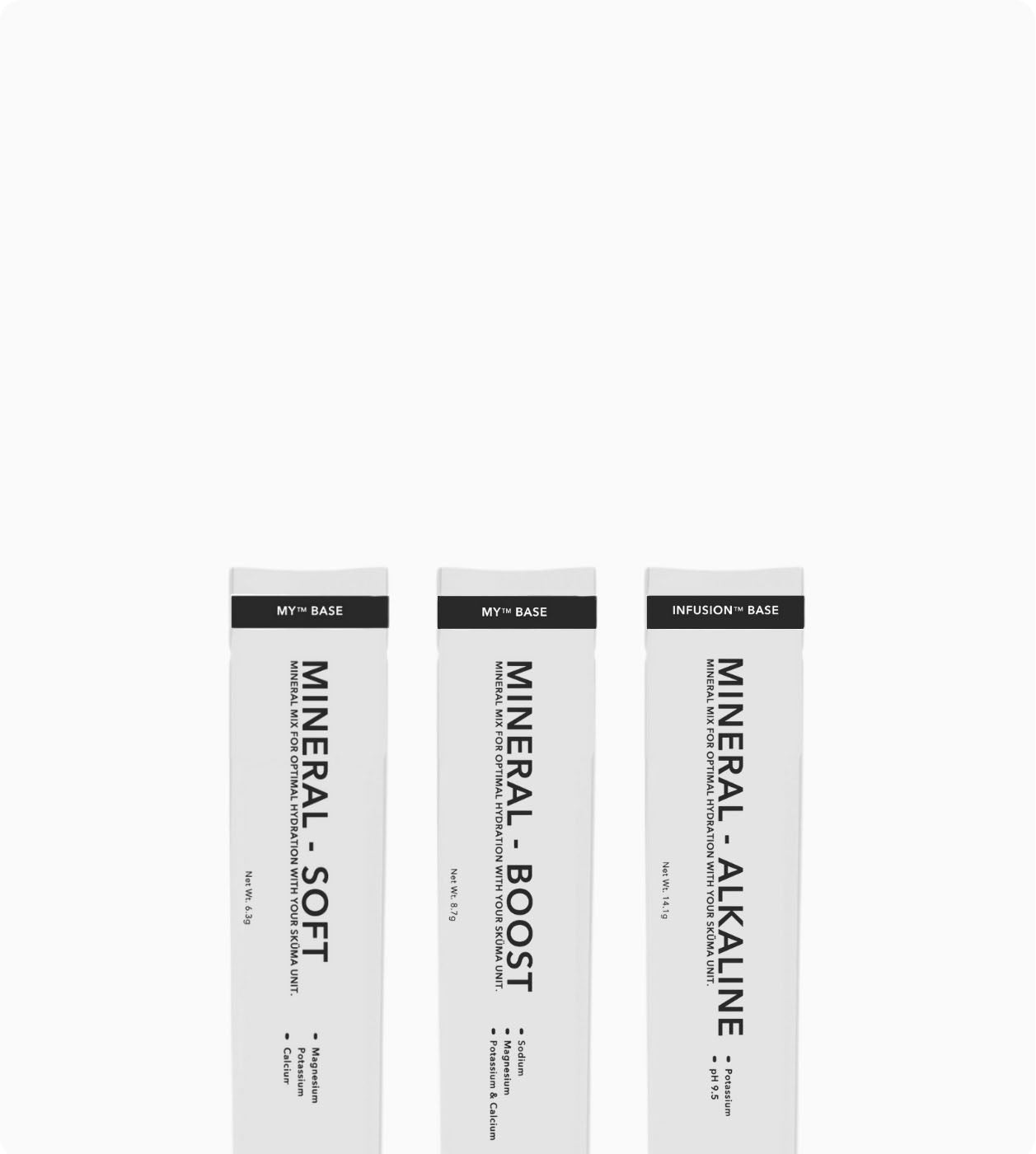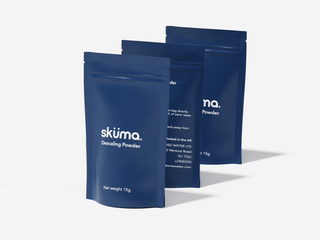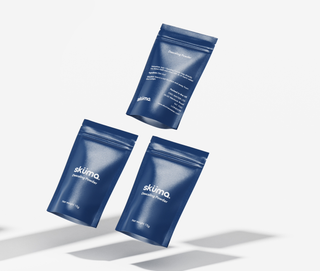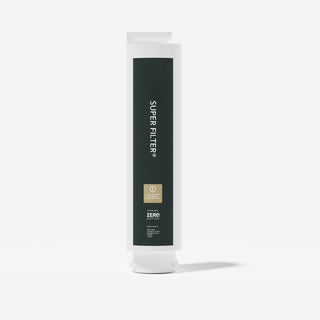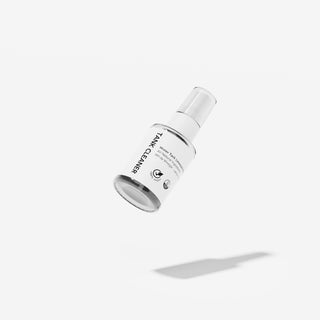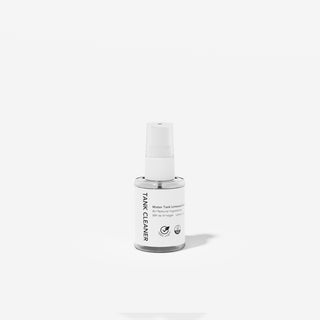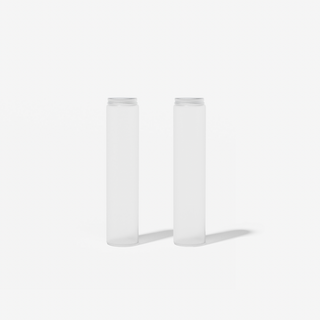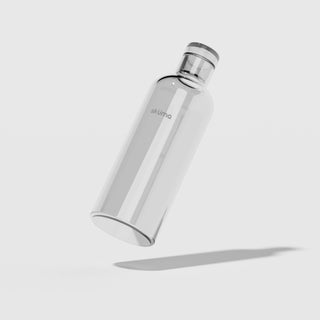Minerals are important for both humans and plants, but how to know if your houseplants are mineral deficient?

What do plants need to live?
Everyone is pretty familiar with plants needing sunlight and water to live. However, more specifically a plant's primary source of energy or "food" is created through photosynthesis which can be summarised through the following equation:
Carbon Dioxide + Water + Light energy -> Glucose and Oxygene
In order to make all the macromolecules (molecules essential for life), a plant also needs specific elements usually taken directly from the soil. These elements can be classified into Primary ions and Secondary ions.
Leaves are generally considered as a window into a plant's physical health. If the leaves look healthy, then the odds are that your plant probably is doing well. Nutrient deficiency is actually a visible phenomenon and can generally be diagnosed by taking a closer look at your plant's leaves.
Primary ions

Nitrate
Nitrates are one of the most essential primary ions plants require for survival. These ions contain nitrogen the plant requires for stem and leaf growth. The common use of NPK (Nitrogen, Phosphorus, Potassium) general purpose fertiliser for plants shows the importance that nitrogen plays in a plant's dietary needs.

A potassium deficiency in plants can be observed by noticing the following symptoms:
-
Young leaves visually look normal however growth is slowed.
-
Old leaves become yellow around the extremities.
-
Old leaves' veins become prominent.

Potassium
Potassium is also one of the primary ions needed for proper plan survival. These ions are necessary for protein synthesis essential for the growth and development of the plant. Potassium deficiency is very common on farm land due to monoculture farming, however is not very common in households plants and soil.

A potassium deficiency in plants can be observed by noticing the following symptoms:
-
Young leaves visually look normal however growth is slowed.
-
Old leaves become yellow around the extremities.
-
Old leaves' veins become prominent.

Phosphate

A phosphate deficiency in plants can be observed by noticing the following symptoms:
-
Young leaves visually look normal however growth is slowed.
-
Old leaves become dark green and sometimes develop a purple tint.
-
Old leaves' veins become purple.
Secondary ions

Calcium
Most people are familiar with the concept of calcium as a necessary nutrient for humans, however plants also need calcium ions. These ions play a structural roles in cell wall and membrane development. Calcium is also necessary for a plant's metabolic processes of other nutrients uptake such as the ones previously mentioned. Although classified as a secondary ion, its importance must not be overlooked or neglected.

A calcium deficiency in plants can be observed by noticing the following symptoms:
-
Young leaves' edges swirl up.
-
Young leaves' tips decay and collapse.
-
Old leaves seem normal but can start to fall off.

Magnesium
Generally, plants need magnesium to make chlorophyll, which is used in photosynthesis to make energy or food for growth. Magnesium also helps to carry phosphorus through plant tissues which are essential for plants as described above. A magnesium deficiency can sometimes look like a phosphorus deficiency which can make it difficult to properly diagnose such condition.

A magnesium deficiency in plants can be observed by noticing the following symptoms:
-
Young leaves become sticky or dry to the touch.
-
Young leaves have apparent veins and loose their green colour.
-
Old leaves dry up and often curl up and eventually fall.

Sulfur
Sulfur is generally known to influence several various plant functions, like enzyme formation. Sulfur also promotes protein development in plants, which affects growth and vitality. Sulfur deficiency presents itself physically in plants similarly to magnesium deficiency however sulfur deficiency is pretty rare since most soils nominally have enough sulfur content (only about 10 pounds per acre required) .

A sulfur deficiency in plants can be observed by noticing the following symptoms:
-
Young leaves have apparent veins and loose their green colour.
-
Old leaves dry up and often curl up and eventually fall off.
What to do to fight deficiencies?
If you are noticing any of these symptoms on your house plants, then the odds are high that your plant might be suffering from one of the deficiencies presented above. There are a couple of known remedies to these deficiencies, which generally can also prevent future deficiencies.
Favourable environment
Growing conditions depend mostly on the type of plant you are trying to grow and these conditions can usually be found on the label of the seeds planted or on popular websites such as ChilternSeeds. The most important factors to consider are:
-
Humidity levels.
-
Direct sunlight time.
-
Air temperature.
Use of fertilisers
Adding nutrients directly into the planting medium or soil will most likely decrease the probability of your plants to suffer from nutritional deficiency. The Royal Horticultural Society or RHS provides a comprehensive guide on how to choose the best fertilizer for your plant depending on the deficiency and growing conditions. This database can be accessed directly by clicking on the following link.
*Bonus*
Maintaining a good level of micronutrients in the soil is essential for the proper growth of a plant. Recent research seems to indicate that water high in mineral content and below (1500 TDS) can prevent future mineral deficiency. The Skuma device produces high TDS water as a by product of the Reverse Osmosis purification which they recommend to use for watering plants.



